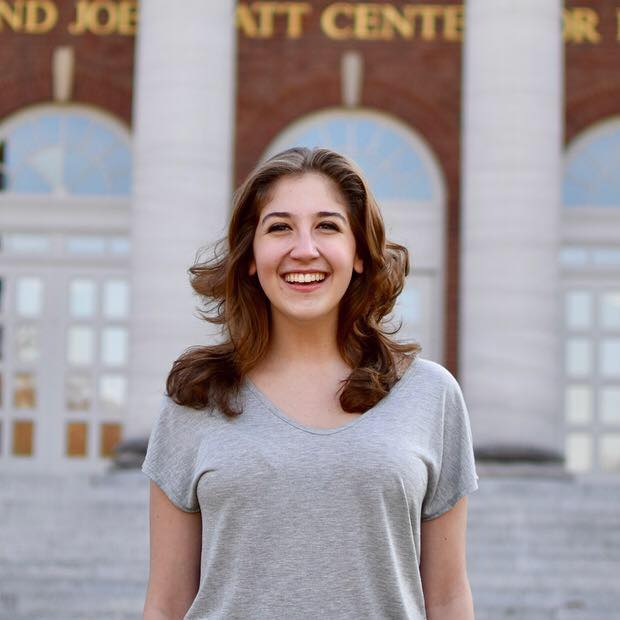About 1,600 accomplished students will move to Nashville in the fall and join our undergraduate community as members of the class of 2022. I am thrilled that administration has been making strides towards a more racially and socioeconomically diverse student body through emphasis on the Opportunity Vanderbilt financial aid program, commitment to a “holistic” application review, and outreach efforts in previously overlooked schools and districts. However, Vanderbilt’s utilization of the antiquated Early Decision process lies in direct contrast with their stated goal of increasing diversity and hurts those who don’t have the financial stability to commit to their top-choice school in the fall.
First, let’s crunch the numbers. Early Decision describes the process by which a high school senior applies to Vanderbilt and pledges, if accepted, to enroll at Vanderbilt in the fall. Regular Decision, on the other hand, carries no such stipulation. This year, 20.5 percent of ED applicants and 7.3 percent of RD applicants were accepted. According to data in the federally mandated Common Data Set, the Class of 2021 was filled 53 percent by ED admits (863 students, presumably all of which enrolled in the fall due to the binding nature of ED), and 47 percent by RD admits. This means that only 21.7 percent of the students admitted through the RD process enrolled. This is likely due to a rise in undergraduate college applications nationally, with more students applying to (and being accepted to) more schools every year; many students who were offered admission chose to attend other top institutions.
These low RD yield rates might explain why Vanderbilt relies so heavily on filling their class through ED. The U.S. News and World Report, which ranked Vanderbilt as the number 14 national undergraduate research university last year, bases some of their scoring on acceptance rates and yield rates to determine their rankings. In order for Vanderbilt to continue its rise in prestige and prominence, it must hold onto this top spot. By ensuring that students commit to attending if accepted ED, they can offset the low RD yield rate with a 100 percent ED yield rate.
However, a commitment to improving rankings through this process does not align with two other goals that the university has: to ensure that Vanderbilt is affordable for all students who wish to attend, and to ensure that all applicants are evaluated fairly. Make no mistake––every student admitted has earned their spot here. That being said, for all years that data has been made available, the average SAT scores and class rank of the ED accepted students are lower than they are for the RD accepted students. This indicates that a student who was rejected RD might have had a better chance if they had applied ED.
Many schools with ED programs explain this deficiency by arguing that a student’s commitment to a school is a large factor in the holistic review of their application. However, these arguments are flawed in that they fail to recognize that not every student can commit to attending a school before receiving a financial aid package or using packages at other schools to bargain with Vanderbilt’s Office of Financial Aid. While Vanderbilt pledges to “meet 100 percent of a family’s demonstrated financial need,” they are the sole arbiters of what defines this need. I have found through talking to peers that many families who struggle to afford to send their children to Vanderbilt are denied financial aid. While it is possible to renege on an ED commitment if a student is financially unable to pay, students are unable to leverage other schools’ financial aid packages as a bargaining chip, which would be possible with an RD acceptance. Thus, even if Vanderbilt is indeed a student’s first choice, he or she may be financially unable to commit to applying ED. In other words, the advantages of ED are only available to those who can afford it.
One way for Vanderbilt to continue to maximize early applications without binding prospective students to an impossible financial situation is a restrictive early action policy. Schools such as Yale, Princeton and Harvard employ this system, which allows students to apply early to only one private school but does not bind them to attending if accepted. Programs such as these would allow students to adequately demonstrate interest by telling Vanderbilt that they are their first choice institution, but would also allow them to attend another school if Vanderbilt’s financial aid package is inadequate. It appears to me that there is only one reason why Vanderbilt has not yet switched to restrictive early action: they care more about their reputation as a selective, prestigious institution than they do about ensuring the socioeconomic diversity of its entering class.
Josie Roth is a junior in the College of Arts and Science. She can reached at jocelyn.t.roth@vanderbilt.edu.


Wokepart2 • Dec 13, 2018 at 4:29 pm CST
I agree with woke. Let them asians in!
SickofPCcrap • Apr 29, 2018 at 9:35 am CDT
Admission should go back to being based on merit and not about “diversity.”
Woke Alum • Apr 6, 2018 at 7:48 am CDT
Instead of getting rid of Early Decision, I would propose that Vanderbilt permanently eliminate affirmative action policies in admission and other places on the campus.